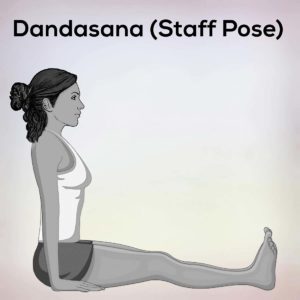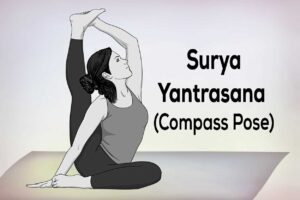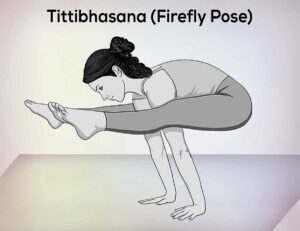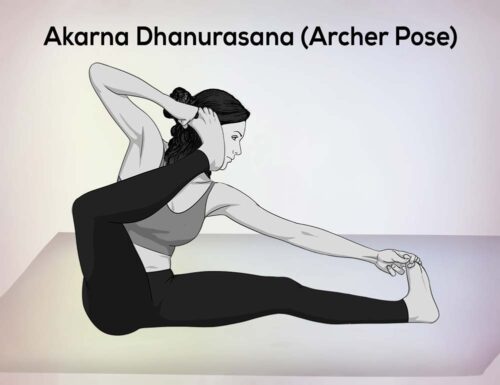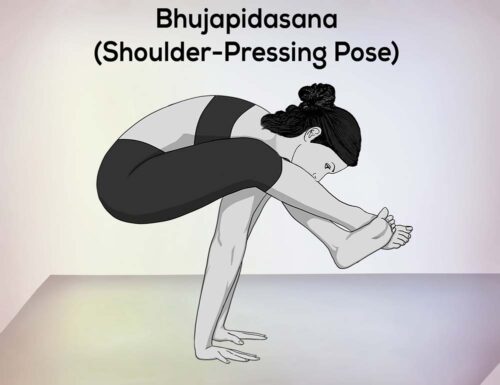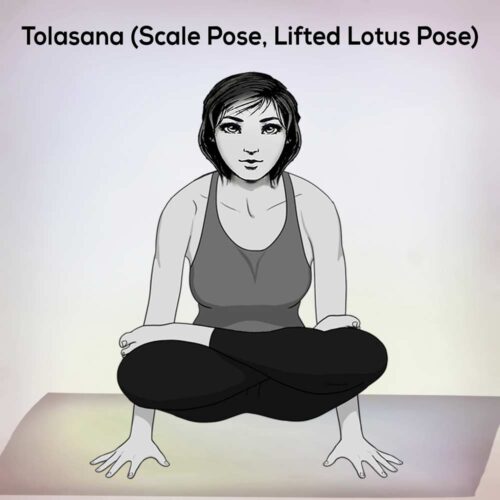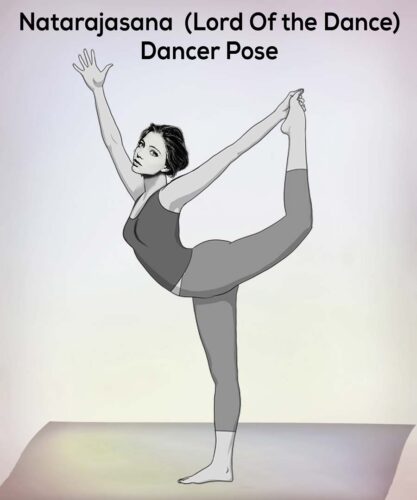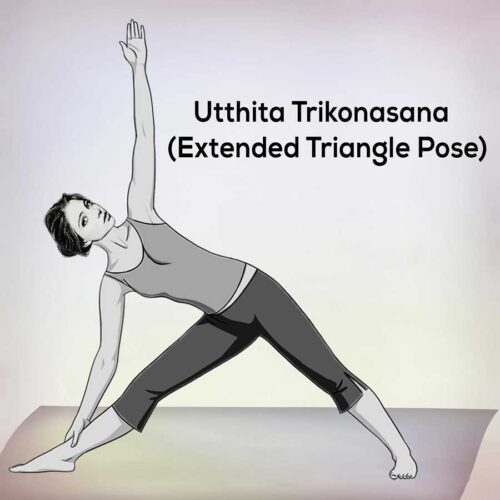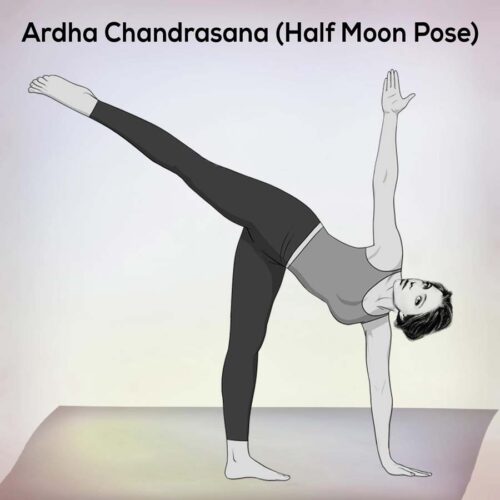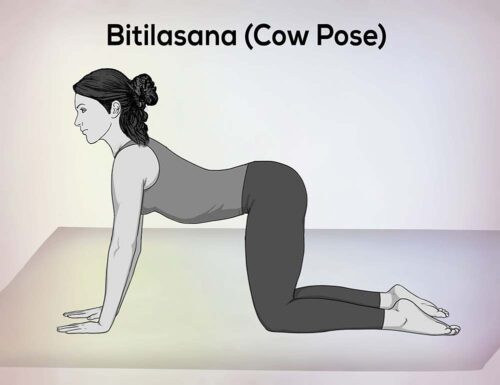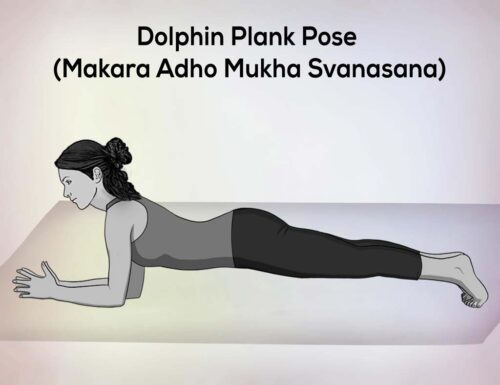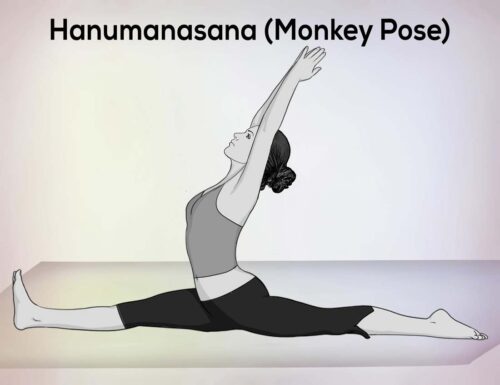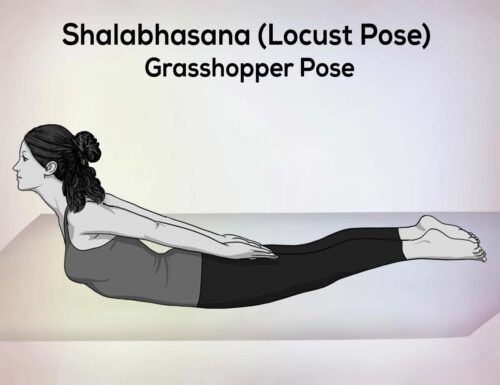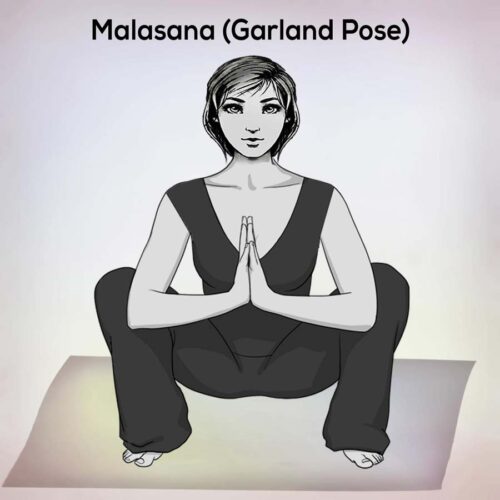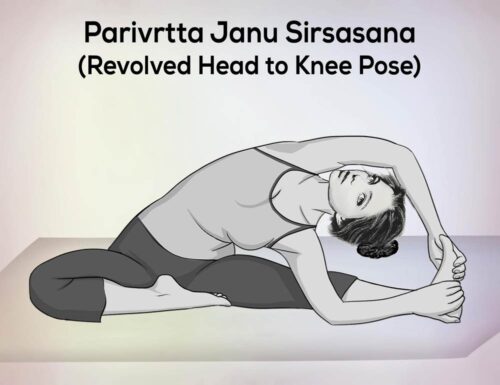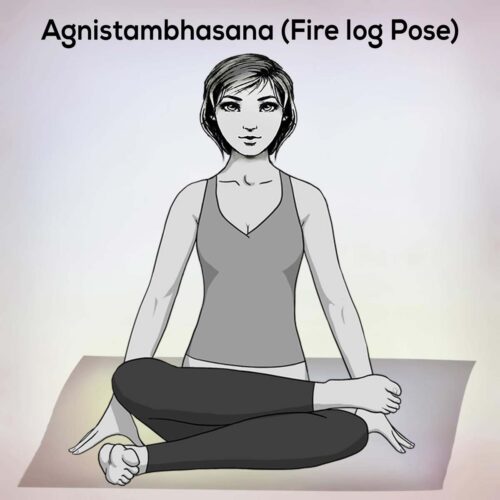Dandasana (Staff Pose): Steps, Benefits, and Precautions
The name Dandasana is derived from the Sanskrit word Danda as “staff”, and asana means “posture”. While doing this asana, one has to keep his posture upright like an employee. It is a very simple asana if done regularly and accurately.
If you also want to complete this asana, read on to know a step by step guide to do. This article gives you the right way of Dandasana, the health benefits of Dandasana and the precautions to be taken while practicing it.
Let us know the steps to practice Staff pose and its various benefits.
1)- Dandasana (Staff pose) Steps
2)- Benefits of Dandasana (Staff Pose)
3)- Precautions to take before or while doing Dandasana Staff pose
Dandasana (Staff pose) Steps
1)- Firstly, Sit down on a flat surface with your legs stretched forward
2)- Try to keep your toes facing the roof.
3)- Make sure your back is straight at all times.
4)- Place your palms flat on the ground near your hips, with your fingers facing the front.
5)- Gently press your palms into the ground and try to adjust the spine in an upright position.
6)- Tilt your head slightly downward, while ensuring that there is no pressure on the shoulders.
7)- Hold the posture for 30 to 60 seconds. Breathe in and out 5 times.
8)- As your strength and flexibility increase over time, you can extend the time limit up to 90 seconds, but no more than that.
9)- To relax after doing the asana, breathe slowly and raise your arms and head upwards while relaxing the muscles of your feet.
Benefits of Dandasana (Staff Pose)
Regular practice of Dandasana gives the following benefits:
- Fixes spine- related problems.
- Reduces sciatica pain.
- Relieves asthma.
- Correct posture and increases the flexibility of muscles.
- Positively affects the central nervous system and improves focus.
- Regular practice of staff pose helps in reducing stress.
Precautions to take before or while doing Dandasana staff pose
- Try the asana only to the best of your capability. Do not push yourself.
- Do not attempt this asana if you have wrist or spine-related injuries.
- Do not extend the posture time beyond 90 seconds at a time.
- You can also use back support in the beginning until your back and shoulders are strong enough to do the asana.
Legal Disclaimer: Before participating in any exercise program or using any fitness products or services that may be described and/or made accessible in or through the Nexoye Website and/or the Services, you should consult with a physician or other healthcare provider.
